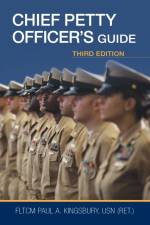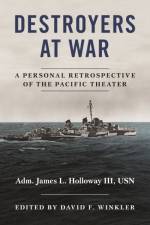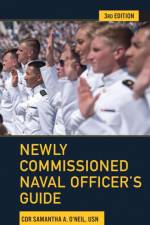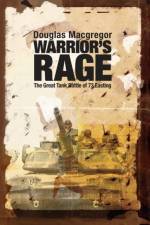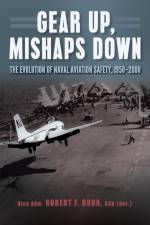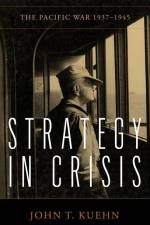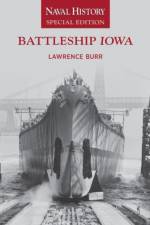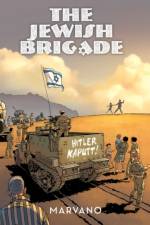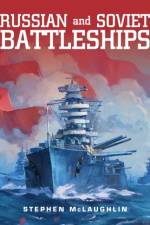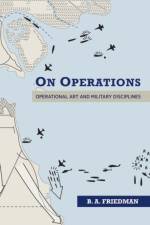- Counterinsurgency and Future War
av Conrad C. Crane
411
This book is a unique combination of intellectual history, personal memoir, and military theory. When Conrad Crane retired from twenty six years of active duty to become a research professor at the Army War College, he never expected to become a modern Cassandra, fated to tell truth to power without being heeded. As he watched the world change after the terrorist attacks of 9/11, he warned the Army that it was not prepared for Phase IV stability operations, counterinsurgency, and eventually the reconstruction of Iraq. Eventually his work attracted the attention of Lieutenant General David Petraeus, who along with his Marine counterpart James Mattis, was launching a broad program to make the American military a learning organization better prepared for modern war. Crane soon found himself in charge of a team of Soldiers, Marines, and civilian academics with the mission to create the very counterinsurgency doctrine he had pleaded for. For the next year he wrestled with conflicting ideas, complex personalities, and bureaucratic inertia to create the groundbreaking Field Manual 3-24/ Marine Corps Warfighting Publication 3-33.5 Counterinsurgency. The process was long and tortuous, and much more complicated than the way it has been characterized so far in other narratives. The end result was a unique blend of traditional and modern theory, tempered by hard lessons from Iraq and Afghanistan. Its principles and paradoxes of counterinsurgency, focus on legitimacy, and concepts of operational campaign design have had immense influence on US and NATO doctrine. The new doctrine was not perfect, and had been rushed through production in record time, but the guidance it provided would be an essential element in the Surge in Iraq that secured breathing space for the nascent Iraqi government to solve its political differences. Crane found that out when General Petraeus asked him to come observe the Surge himself in late 2007. Traveling all around that embattled nation, Crane watched the greatest counterinsurgency force the world had ever seen adapting to the exigencies of modern counterinsurgency is a very complex environment. He describes in great detail the hard work of dedicated Soldiers, Marines, and civilians that were creating a mosaic peace out of a mosaic war, in places as disparate as Baghdad, Anbar Province, and the detention facilities at Bucca. There were still problem areas, such as in the British zone and Diyala Province, but the conflict was definitely trending in the right direction. Crane closes his book with an account of what went wrong in Iraq, as the mosaic peace unraveled with the Americandeparture, and also how the new counterinsurgency doctrine was never properly resourced or applied in Afghanistan. His final chapter covers the lessons be believes should be gleaned from the past decade and a half of global war. There have been many critics of the new doctrine, and Crane recounts their arguments and concedes that promises of counterinsurgency were oversold. But much of what has been labeled as counterinsurgency is really just modern warfare, and while the United States is understandably reluctant to engage in further irregular conflicts and nation building, they remain a growth industry in the rest of the world. The United States government, military and civilian agencies, must be prepared to do better next time. And Cassandra says, there will be a next time.



